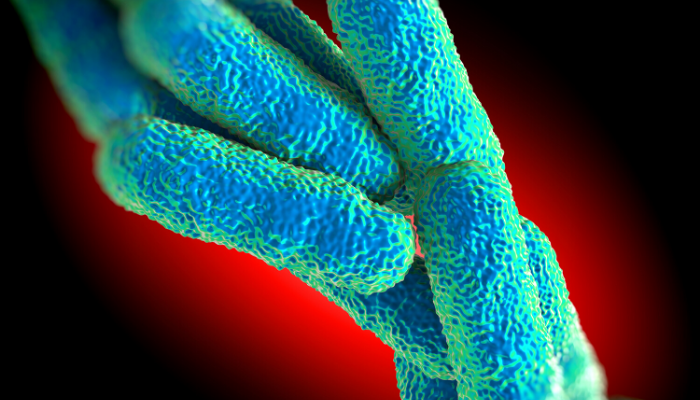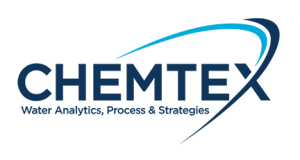
Legionella Testing Methods
Testing for Legionella is a routine part of any water maintenance program. There are three common laboratory test methods for Legionella at this time.
Culture Method
The culture method is also known as the traditional plate count method. It’s the most commonly used laboratory method for testing Legionella. It can detect Legionella in bulk and surface samples. When this test is performed, the lab will report on all species and serogroups, quantifying them in cfu/ml units (colony forming units/milliliters). The efficacy and accuracy of this test depend on the skill and experience level of the laboratory. Expect it to take about 7 or days for labs to return results.
Polymerase Chain Reaction Method (PCR)
The polymerase chain reaction method (PCR) reports either present or absent for Legionella DNA – it doesn’t quantify or serotype. It may require confirmation with an alternate testing method. Because it screens for Legionella DNA, it may not distinguish between living and dead cells. But , with a 1-2 day turnaround, it’s a useful tool in the face of an outbreak or when following up on remediation.
Bacterial Enzyme Detection Method
The Bacterial Enzyme Detection method, as seen in the Legiolert test from IDEXX, measures Legionella by visual observation of a bacteria enzyme reaction in MPN (most probable number) units. This requires less hands-on time than the culture method. Expect a 7 day turnaround.
Field Tests
Additionally, there are several field tests that provide negative/positive results within two hours, on-site.


Accurate Legionella Testing Is Critical for Public Safety
Chemtex supports and recommends using a CDC ELITE laboratory for accurate testing. ELITE is an acronym which stands for Environmental Legionella Isolation Techniques Evaluation. Here’s how they describe the program on their website:
Laboratories can test their Legionella isolation techniques against standardized samples through the Environmental Legionella Isolation Techniques Evaluation Program. Participating labs receive a panel of lyophilized test samples twice each year from the Wisconsin State Laboratory of Hygiene. Some of the test samples are Legionella positive and some are Legionella negative. The test samples may also include other organisms commonly found in water. Participating labs process the test samples and report their results. Those labs that correctly identify Legionella in 2 consecutive panels receive documentation for passing the proficiency test.
The CDC maintains a list of laboratories that participate in standards testing to verify proficiency.
Legionella is serious business, and one of the major bacteria that water treatment focuses on. Be aware of the potential for false negative results that field tests and some lesser accepted methods can provide, these can put the population at risk for Legionnaire’s disease. Know how to interpret and respond to Legionella test results. Always! have a remediation plan prepared before testing so you are ready should testing reveal that Legionella is present.
As always, Chemtex is happy to consult with you about the various tests, reliable labs and remediation plans. Please call us to talk shop, any time.


/NQA-ISO-9001-Logo-ANAB.jpg)